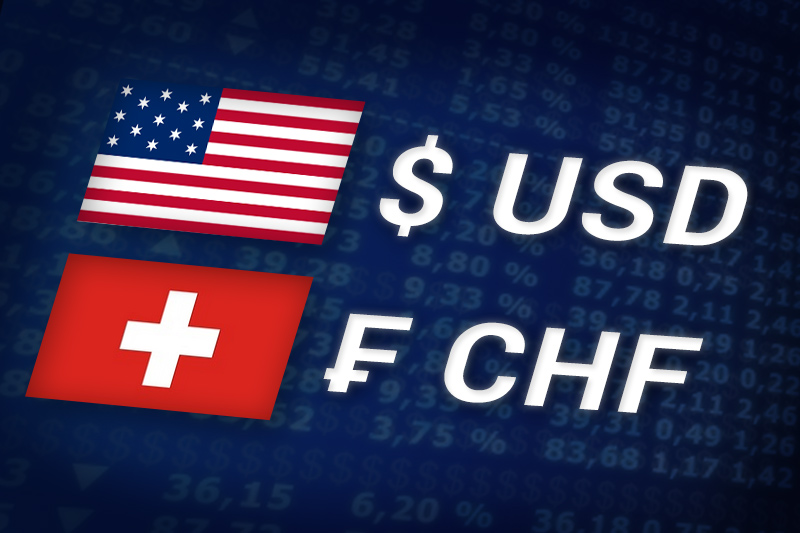Investing.com - The U.S. dollar was higher against the Swiss franc in thin Easter trade on Monday, but gains were limited after Friday’s downbeat U.S. nonfarm employment data and after a Chinese report dampened expectations Beijing will introduce fresh monetary easing measures.
USD/CHF hit 0.9218 during European late morning trade, the pair’s highest since April 5; the pair subsequently consolidated at 0.9189, rising 0.23%.
The pair was likely to find support 0.9139, the low of March 13 and resistance at 0.9233, the high of February 3.
Trading volumes were expected to be thin as markets in the U.K. and the euro zone remained closed due to the Easter holiday.
The U.S. Department of Labor said Friday that nonfarm payrolls rose by a meager 120,000 in March, the lowest since December and well below expectations for a 203,000 increase.
It was the first time since November that hiring failed to top the 200,000 level, renewing concerns over the health of the U.S. economy.
The unemployment rate ticked down to 8.2%, the lowest since January 2009, from 8.3% in February. However, the data showed that the decline stemmed entirely from people dropping out of the labor force.
The weaker-than-expected data revived expectations that the Fed may conduct a fresh round of quantitative easing, which would weaken the dollar.
Meanwhile, official data showed earlier that consumer price inflation in China accelerated by 3.6% in March, up from 3.2% in February and above expectations for a 3.3% increase.
The data dampened expectations the country will introduce additional easing measures to boost the world’s second largest economy.
Elsewhere, the Swissie was fractionally lower against the euro with EUR/CHF edging up 0.06%, to hit 1.2015.
The euro breached the 1.20 exchange rate floor against the Swiss franc last week for the first time since the Swiss National Bank capped the franc at that level in September 2011, amid concerns over the rapid appreciation of the Swiss currency.
USD/CHF hit 0.9218 during European late morning trade, the pair’s highest since April 5; the pair subsequently consolidated at 0.9189, rising 0.23%.
The pair was likely to find support 0.9139, the low of March 13 and resistance at 0.9233, the high of February 3.
Trading volumes were expected to be thin as markets in the U.K. and the euro zone remained closed due to the Easter holiday.
The U.S. Department of Labor said Friday that nonfarm payrolls rose by a meager 120,000 in March, the lowest since December and well below expectations for a 203,000 increase.
It was the first time since November that hiring failed to top the 200,000 level, renewing concerns over the health of the U.S. economy.
The unemployment rate ticked down to 8.2%, the lowest since January 2009, from 8.3% in February. However, the data showed that the decline stemmed entirely from people dropping out of the labor force.
The weaker-than-expected data revived expectations that the Fed may conduct a fresh round of quantitative easing, which would weaken the dollar.
Meanwhile, official data showed earlier that consumer price inflation in China accelerated by 3.6% in March, up from 3.2% in February and above expectations for a 3.3% increase.
The data dampened expectations the country will introduce additional easing measures to boost the world’s second largest economy.
Elsewhere, the Swissie was fractionally lower against the euro with EUR/CHF edging up 0.06%, to hit 1.2015.
The euro breached the 1.20 exchange rate floor against the Swiss franc last week for the first time since the Swiss National Bank capped the franc at that level in September 2011, amid concerns over the rapid appreciation of the Swiss currency.
